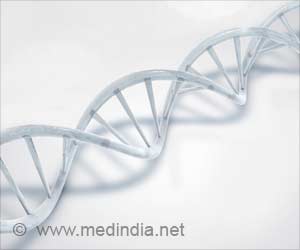
Symptoms include poor coordination of hand and eye movement and speech, typically surfacing after age 18. Currently, there are no good treatment options for SCA except physical therapy.
‘Connection between brain cells (Purkinje cells of the cerebellum) that help control body movement is found to be weakened by a mutated enzyme – ELOVL4 in Spinocerebellar ataxia (SCA). ’
The Mutated Enzyme
The mutation in an enzyme – ELOVL4 (produces very long-chain fatty acids) is responsible for a specific type of spinocerebellar ataxia – SCA type 34. This impairs motor control at a very early age.
Hence to further explore the mechanism, the research team generated the SCA34 rat model using the gene-editing technique CRISPR cas9.
READ RELATED: London’s Nightingale hospital ‘reactivated’ after sitting empty – as NHS staff told to be ‘ready for Covid patients’
“We found a dramatically diminished synaptic response. The information was to go faster, go faster and they never really got the message. They were transmitting the signal, but when they had to adjust their synaptic connection to coordinate the different movement, that did not happen in the mutant knock-in rat,” says Dr. Ferenc Deak, a neuroscientist at the Medical College of Georgia at Augusta University and co-corresponding author of the study.
Although different genetic mutations are the causative agents in SCA, ultimately it all results in an altered output of the cerebellar cells called Purkinje cells. These cells are involved in consolidating different inputs from various parts of the brain and express a lot of ELOVL4.
The present study thereby demonstrates that mutation of ELOVL4 results in a significant reduction of motor function and synaptic plasticity (the ability of synapses to communicate messages/signaling regarding coordinating movement) via Purkinje cells.
Source: Medindia
Source:









